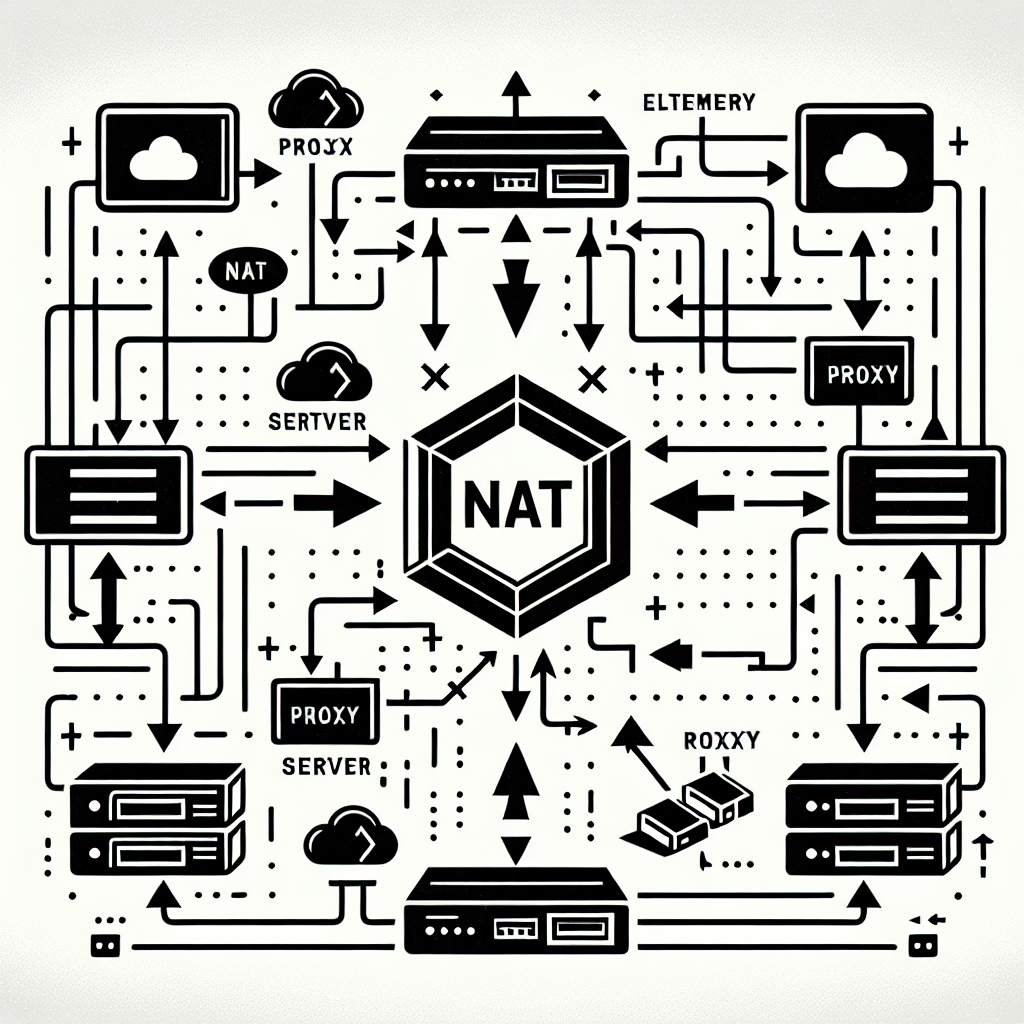What is NAT (Network Address Translation)?
Network Address Translation (NAT) is a technology used in networking that allows multiple devices on a local network to share a single public IP address when connecting to the internet. This is particularly useful for managing the limited number of available IP addresses and enhancing security.
How does it work?
When a device (like a computer or smartphone) on a local network wants to access the internet, it sends its request to a router. The router uses NAT to change the device's private IP address (which is only used within the local network) to a public IP address. This public address is what the internet recognizes.
When data is sent back from the internet, the router uses NAT to translate the public IP address back to the appropriate private IP address, ensuring the data reaches the correct device within the local network. NAT keeps track of these translations in a table, allowing it to handle multiple devices efficiently.
Why is it important for proxy users?
For users who utilize a proxy, understanding NAT is important for a few reasons:
-
IP Address Management: NAT enables users to connect multiple devices to the internet through one public IP address, simplifying the management of IP addresses for proxy servers.
-
Privacy and Security: NAT adds a layer of security by hiding the internal IP addresses of devices on the local network. This means that external entities cannot easily identify or access individual devices, which is crucial for maintaining privacy when using a proxy.
-
Network Efficiency: By allowing multiple devices to share a single public IP address, NAT helps optimize the use of available IP addresses, which is beneficial when using proxy services that may have limitations on the number of simultaneous connections.
Simple, Real-World Example
Imagine you live in a household with multiple devices: a laptop, a smartphone, and a smart TV. All these devices connect to the internet through a single router, which has a public IP address assigned by your Internet Service Provider (ISP).
-
Your laptop (with a private IP address of 192.168.1.2) wants to access a website. It sends a request to the router.
-
The router uses NAT to change the laptop’s private IP address to its own public IP address (let’s say 203.0.113.5) before sending the request to the internet.
-
The website sees the request coming from 203.0.113.5 and sends the data back to that address.
-
The router receives the data and uses NAT to translate the public IP address back to your laptop’s private IP address (192.168.1.2), delivering the information to the correct device.
In this way, all devices in your household can access the internet simultaneously without needing their own public IP addresses, thanks to NAT. This setup is especially helpful when using a proxy server, as it enhances security and efficiency.


Comments (0)
There are no comments here yet, you can be the first!